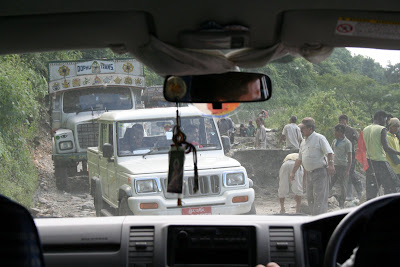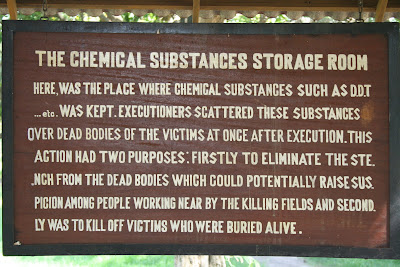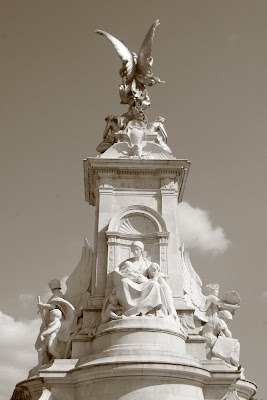
Click “older posts” navigation element (at the bottom of the current page) to display the next page
To navigate between pages you need to go to the "Blog Archive" or click on the "Older Posts" (at the bottom of the current page).
Thursday, November 08, 2007
Wednesday, November 07, 2007
Takin: National Animal of Bhutan
Tashichoedzong
Friday, November 02, 2007
Tuol Sleng Genocide Museum
The Tuol Sleng Genocide Museum is a museum in Phnom Penh, capital of Cambodia. The site is a former high school which was used as the notorious Security Prison 21 (S-21) by the Khmer Rouge regime from its rise to power in 1975 to its fall in 1979. Tuol Sleng in Khmer means "Hill of the Poisonous Trees" or "Strychnine Hill". Formerly the Chao Ponhea Yat High School, named after a Royal ancestor of King Norodom Sihanouk, the five buildings of the complex were converted in 1975 into a prison and interrogation centre. The Khmer Rouge renamed the complex "Security Prison 21" (S-21) and construction began to adapt the prison to the inmates: the buildings were enclosed in electrified barbed wire, the classrooms converted into tiny prison and torture chambers, and all windows were covered with iron bars and barbed wire to prevent escapes. Most prisoners at S-21 were held there for two to three months. However, several high-ranking Khmer Rouge cadres were held for several months. Within two or three days after they were brought to S-21, all prisoners were taken for interrogation. The torture system at Tuol Sleng was designed to make prisoners confess to whatever crimes they were charged with by their captors. Prisoners were routinely beaten and tortured with electric shocks, searing hot metal instruments and hanging, as well as through the use of various other devices. Some prisoners were cut with knives or suffocated with plastic bags. Other methods for generating confessions included pulling out fingernails while pouring alcohol on the wounds or holding prisoners’ heads under water. Females were sometimes raped by the interrogators, even though sexual abuse was against DK policy. The perpetrators who were found out were executed. Although many prisoners died from this kind of abuse, killing them outright was discouraged, since the Khmer Rouge needed their confessions.
Killing Fields, Choeung Ek - Cambodia 2007
Choeung Ek killing fields are about 15km from Phnom Penh in the south west. The biggest security centre of Kampuchea democratic in Pol Pot regime was the Tuol Sleng prison. All victims (peasant workers, intellectuals, ministers, Khemer diplomats, women, children) detained are tortured during interrogation at Tuol Sleng were later sent to the Killing Fields at Choeung Ek for liquidation.
Thursday, November 01, 2007
Manneken Pis - Brussels, Belgium 2007
 Manneken Pis is a Brusssel's landmark. A legend goes like this: In
Manneken Pis is a Brusssel's landmark. A legend goes like this: Inthe 14th century Brussels was under siege by a foreign power. The
city had held their ground for quite some time. The attackers had
thought of a plan to place explosive charges at the city walls. A
little boy named Juliaanske from Brussels happened to be spying
on them as they were preparing. He urinated on the burning fuse
and thus saved the city.
Salisbury Cathedral - Britain's finest 13th Century Gothic Cathedral
Stonehenge - Salisbury, UK. 2007
Stonehenge is a prehistoric monument located in the English county of Wiltshire, about 8 miles (13 km) north of Salisbury. One of the most famous prehistoric sites in the world, Stonehenge is composed of earthworks surrounding a circular setting of large standing stones. Archaeologists believe the standing stones were erected around 2200 BC and the surrounding circular earth bank and ditch, which constitute the earliest phase of the monument, have been dated to about 3100 BC. The site and its surroundings were added to the UNESCO's list of World Heritage Sites in 1986 in a co-listing with Avebury henge monument.
Stonehenge has been subjected to many theories about its origin, ranging from the academic worlds of archaeology to explanations from mythology and the paranormal.

Stonehenge has been subjected to many theories about its origin, ranging from the academic worlds of archaeology to explanations from mythology and the paranormal.

Subscribe to:
Comments (Atom)












































